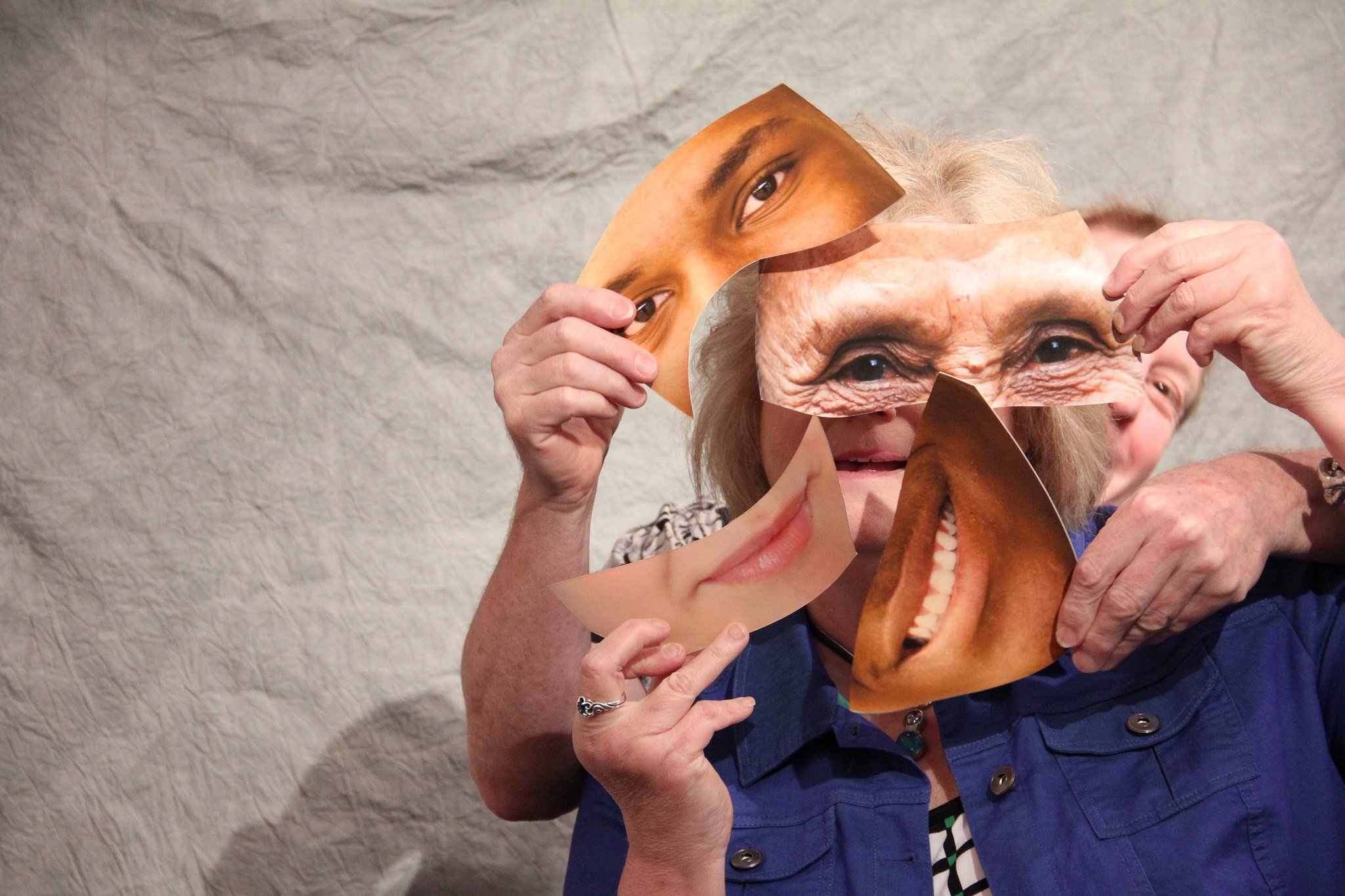
Photo: George A. Spiva Center for the Arts (CC BY 2.0)
APConversation: Does the arts have a diversity problem?
Christy Romer spoke to four leading figures across the arts sector to ask for an answer – in their own words – to a simple question: Does the arts have a diversity problem?
Roy Williams
Playwright
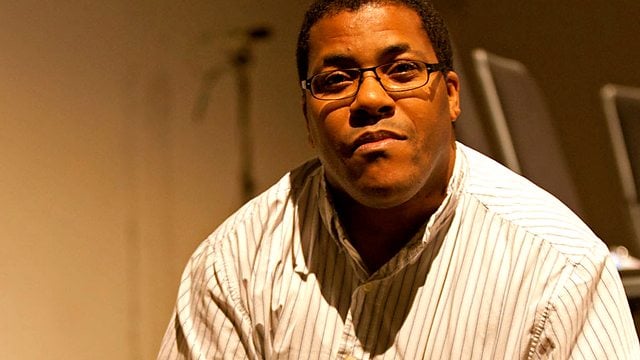
“Yes it does. As great as projects like Act for Change are, there are lots of cynics out there who are justified in saying that we had this same conversation 20 years ago. There’s clearly a will to change and diversify but it’s all going very slowly.
“Black theatre used to be much more visible. The voice of those companies that came out of the years after Thatcher has faded a bit now. Theatre is definitely ahead of the other industries though, like TV and film.
“Fixing the diversity problem is as simple as giving more people a job. Give actors of colour a role, give directors of colour work, give writers of colour stuff to write.
"I just worry that everything we produce is filtered through this liberal, idealised mind-set, and the work we see presents the idea that everyone is the same. But we’re not the same. We’re not. And I wish that the work we made reflected that.
“There’s a fear of risk-taking behind all of this. A ridiculous fear. The people in a position to change everything know how good the writers are. They know how good the actors are. It just comes down to a general fear of green-lighting anything different. Nobody wants quotas, but if we’re still having this same conversation in a year’s time then something has to change. I’d say that I absolutely would support quotas just to get the actors out there if nothing is moving at that point.”
Shonagh Manson
Director, Jerwood Charitable Foundation
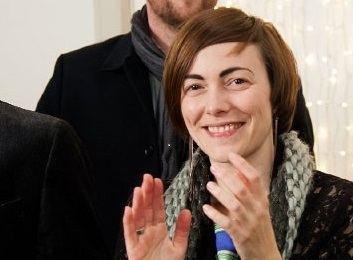
“I do think the arts have a diversity problem.
“The sector is not reflective. It’s becoming more reflective in terms of artistic work we see. It’s certainly not reflective at a staffing level. There has been some change in recent years, so we know it’s possible; issues such as unpaid internships which were once an accepted part of the sector are not now, but we’re still talking about a lack of diversity.
“Two big problems are a lack of diverse role models and a lack of diverse decision makers. If people – young people – don’t see themselves reflected in top positions in the industry, they can’t say to their friends and their families that a creative career is viable. This is a real concern, particularly with troubling changes in the education curriculum and cuts in university grants.
“Policy makers and organisations have a duty to do something to diversify decision makers, but legislation isn’t the only way to achieve results. We need to make more changes as individuals; diversity and our response to difference is a human, psychological and social issue. Jerwood Charitable Foundation brings together panels to make decisions and give out funding; we have to ask ourselves – and the industry needs to ask itself – who gets to recruit and award opportunities? Who selects what we see, and who selects these selectors? Being rigorous about acting on these questions will help to make sure that we develop a stronger and more diverse future workforce.”
Abid Hussain
Senior Manager, Diversity, Arts Council England
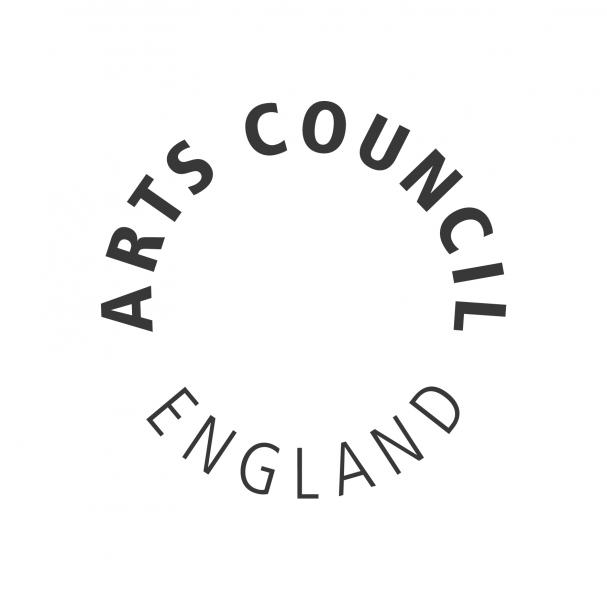
"The arts in England should be more diverse. Progress is being made but there is still some way to go before we can confidently say the arts truly reflects diversity across the work presented, audiences and the workforce.
"An Arts Council analysis of staff working across National Portfolio Organisations (NPOs) during 2013/14 found representation of staff from BME backgrounds at 14 percent, compared to a national population average of 15 percent. The figure falls to 9 percent for permanent staff and 9.5 percent for managers.
"The challenge is to develop a more diverse workforce, equally reflective across leadership positions and roles that directly influence decisions on casting, production and the commissioning of new work to ensure a greater diversity of work and artists are presented and featured. From April this year we’re requiring all NPOs and Major Partner Museums(MPMs) to monitor the diversity of their temporary contract staff, including artists, in addition to data we already gather on the permanent and contracted workforce.
"I’m equally committed to diversity accountability at the Arts Council. Our expectations internally need to mirror those we require of funded organisations to recognise the value of diversity in creating a stronger and more representative sector that is committed to excellence and increasing engagement to ensure the arts are truly for everyone.
"We have many talented diverse leaders, many of whom work at smaller diverse-led organisations. We need to support those leaders to have a wider influence across the sector. Kully Thiari at Cast, Madani Younis at the Bush Theatre and the emergence of new leaders such as Alpesh Chauhan at the CBSO in Birmingham give me cause for optimism but also remind me we have more to do.
"Whilst there is increasing talk of quotas, there are other issues to consider including unconscious bias that can creep into decision making. Establishing a target doesn’t necessarily mean you will meet it; wider questions have to be asked. If you are receiving applications, what are the reasons that those applicants are not successful? If you’re not attracting a diverse range of applicants you need to understand why and what needs to be done to encourage applications.
"Do we need quotas or is what we’re looking for a more fundamental and bolder shift in culture and decision making to address the diversity question?"
Caroline Norbury
Chief Executive, Creative England
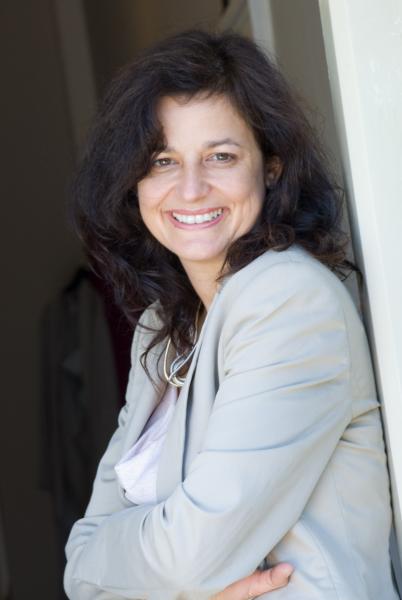
"Getting a foothold in the creative sector can be incredibly difficult. It’s generally been the case that it’s who you know – and the networks that you’re a part of – which are significantly influential in your career. On top of this, those who are not able to support themselves financially are going to struggle, as so many new entrants to the industry often end up working for free initially, (which is unsustainable, inefficient and wrong).
“At Creative England we support creativity and ideas from a diverse range of backgrounds. And for us “diversity” is as much about regional voices and businesses as other forms of diversity – gender, ethnic background, disability and sexuality. We believe talent is everywhere, all throughout the regions and across our diverse creative workforce in the UK. I’m optimistic about the future prospects for a more representative arts industry, but we have to remain vigilant. We have to walk the talk by making sure we have strong role models and leaders, invest in grassroots talent, make sure we’re able to connect at all levels in a variety of networks and respond to need."
Join the Discussion
You must be logged in to post a comment.